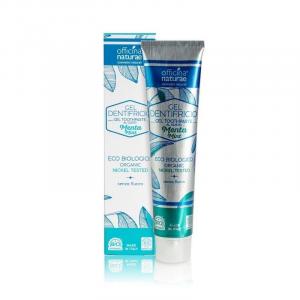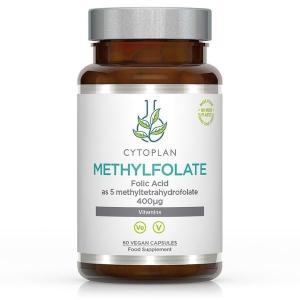Dandelion (Taraxacum officinale)
Other names: Dandelion, Dandelion, Dandelion, Dandelion, Alfalfa
Harm score: 1 (Natural substances)
Dandelion (Taraxacum officinale), also known as dandelion, pimple, alfalfa, milkweed, or dandelion, is a very common plant whose use is really wide. This perennial herb belonging to the star family grows almost all over the Czech Republic. It finds its place in meadows, fallow fields, embankments, gardens, parks, but also in various garbage. In addition to its undeniable beauty, the dandelion also brings with it a number of healing effects. It is these effects that make it a widely used plant in medicine and cosmetics.
Dandelion is characterised by a large number of valuable substances, among which magnesium, potassium, calcium, iron, manganese, but also vitamins A, B, C and D dominate. Medicine uses dandelion root in particular, which has significant detoxifying effects. It supports digestion, liver and kidney function, helps with gall bladder problems and also has diuretic effects. Dandelion root can therefore be found in a wide range of detoxifying teas and extracts. As far as cosmetics are concerned, the dandelion flowers in particular are used. Their extract is added to creams, masks and oils for sensitive skin as it has strong anti-inflammatory and soothing effects. In addition, dandelion acts as an antioxidant, making it suitable for treating mature and ageing skin. Less well known, but increasingly common, is the use of dandelion in the food industry - the young leaves can be eaten in salads and the root is used as a coffee substitute.
Dandelion (Taraxacum officinale) can be found in the following products

Conditioner without perfume 180ml BIO, VEG
Product detail
Toothpaste with mint BIO (75 ml) - takes care of tooth enamel and gums
Product detail
Methylfolate - Folic acid in bioactive form, 60 capsules
Product detail